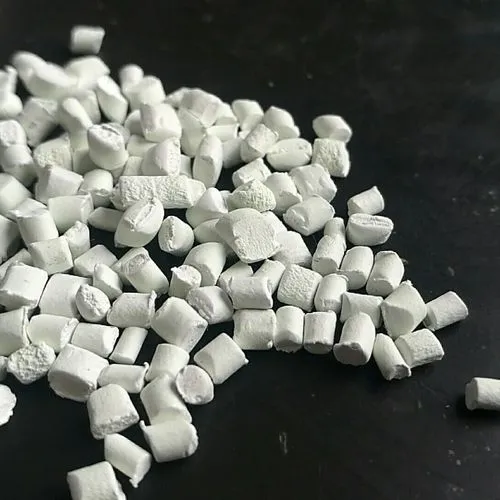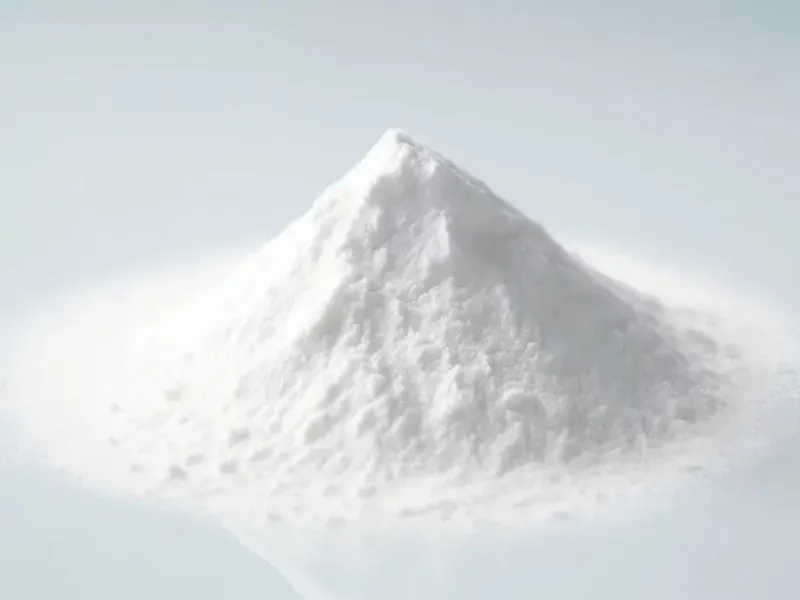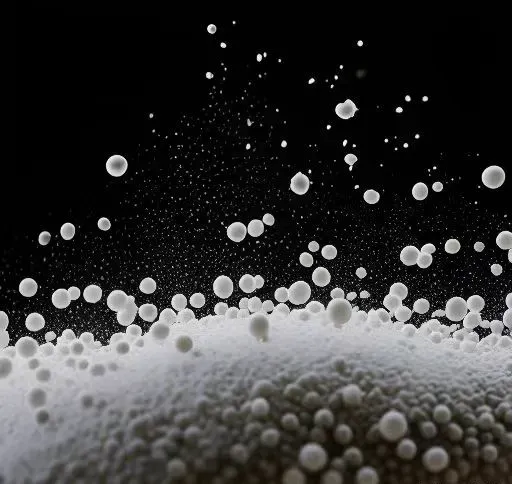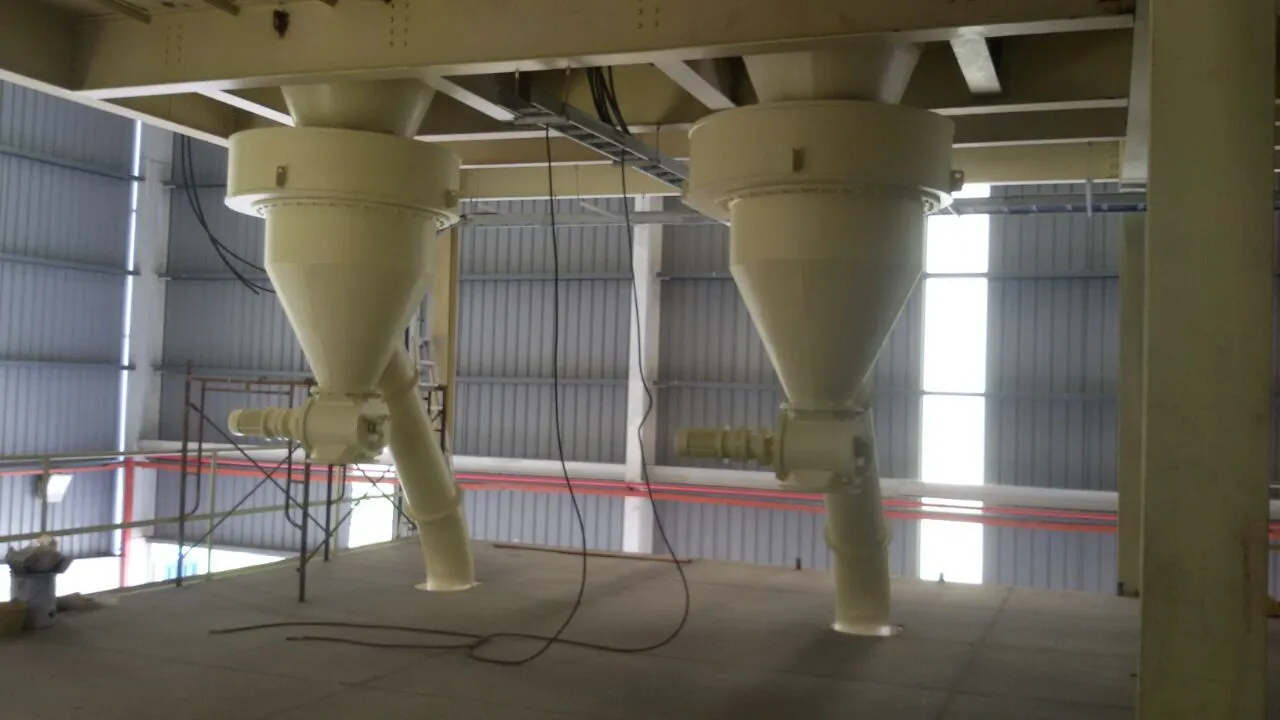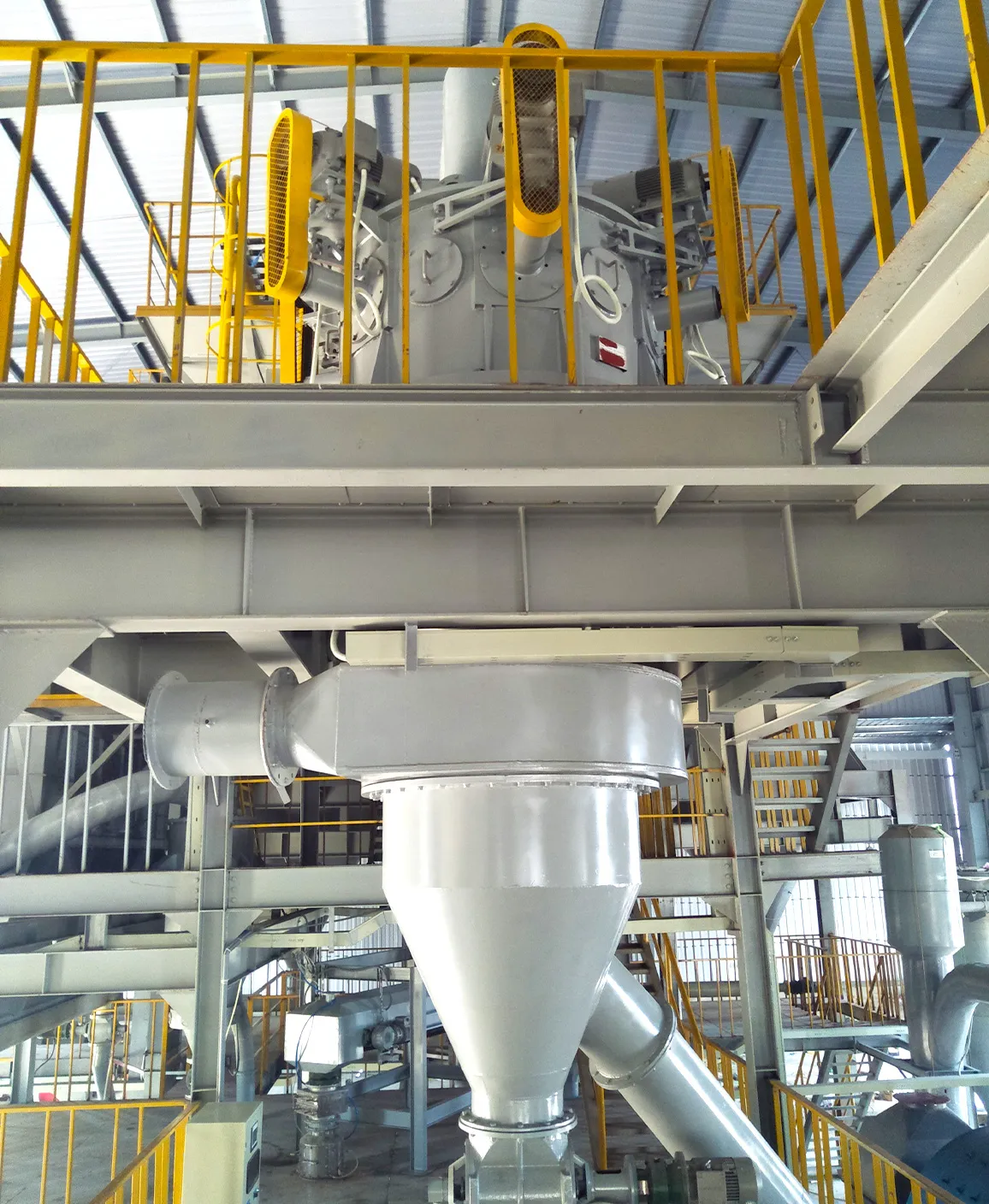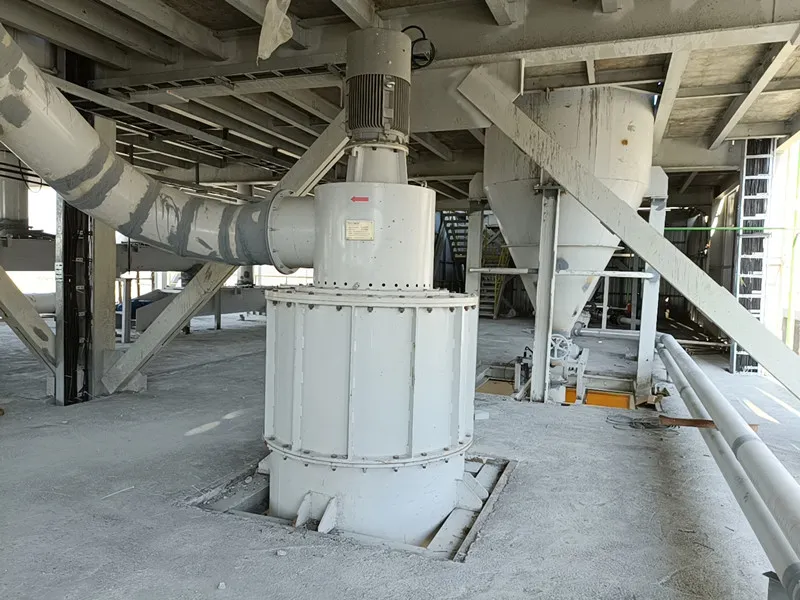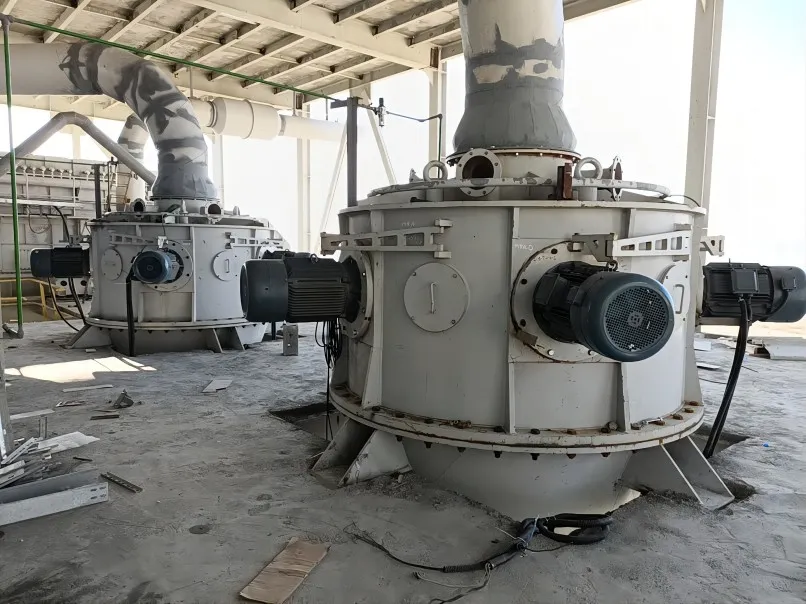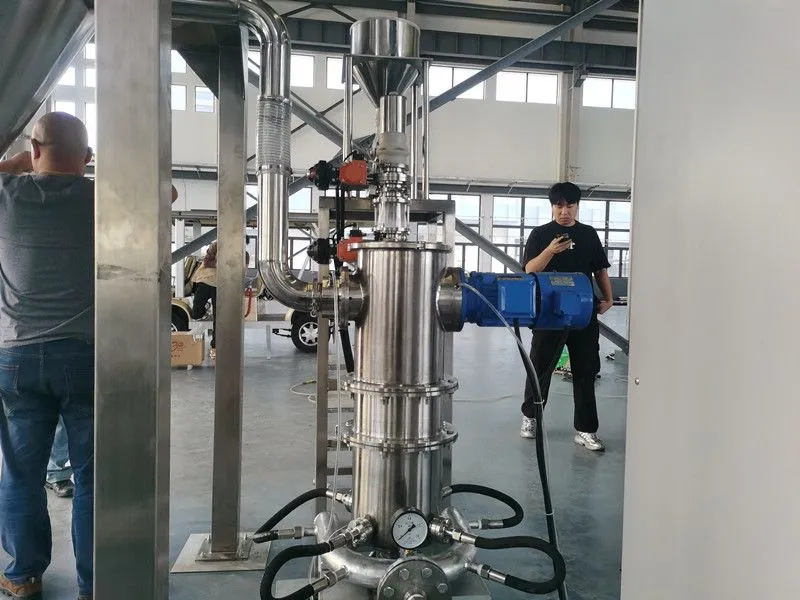Why is Calcium Carbonate Indispensable in the Shoe Material Industry?
Which Shoe Materials Need Calcium Carbonate Powder?
The main resins used in the shoe material industry include PVC (polyvinyl chloride), RB (rubber), PU (polyurethane), TPR (thermoplastic rubber), and others. Adding calcium carbonate powder primarily reduces costs and increases the wear resistance of shoes. This article briefly introduces the application of inorganic fillers in several common sole materials. Since sole fillers include more than just calcium carbonate powder, some related fillers are also introduced for reference.
RB Rubber Soles
Rubber sole materials can be roughly divided into natural rubber and synthetic rubber. The advantage of natural rubber is its softness and elasticity, making it suitable for various sports. However, its major disadvantage is poor wear resistance. Natural rubber is predominantly used in indoor sports shoes. Rubber soles are generally suitable for precipitated white carbon black as a filler, which plays a reinforcing role. Some formulas require a small amount of calcium carbonate to appropriately enhance the wear resistance and yellowing resistance of the sole.

PVC Soles
PVC is used for all-plastic sandals, high-top miners’ shoes, rain boots, slippers, and soles. Generally, light calcium carbonate is added, and some formulas include 400-800 mesh heavy calcium carbonate. Depending on specific requirements, the dosage is about 3-5%.

TPR Soles
Thermoplastic rubber (TPR) soles combine the properties of rubber and thermoplastics. They have the characteristics of rubber but can be processed and recycled as thermoplastics. TPR soles can be made into rubber products by injection molding, extrusion molding, and blow molding using ordinary plastic molding machines. Formulas requiring scratch resistance will add white carbon black and nano calcium carbonate, while those needing a transparent effect can include white carbon black and transparent powder. For formulas with lower quality requirements, a small amount of white carbon black and heavy calcium carbonate can be added.

EVA One-Shot Injection Sole
EVA soles are primarily used in the midsoles of sports shoes, casual shoes, outdoor shoes, travel shoes, and light slippers. The main filler added is talcum powder, with an addition amount ranging from 5-20%. The midsoles require high whiteness and talcum quality, and the light-colored materials of slippers also demand high whiteness (above 90 degrees) with silica content ranging from 35-55%. EVA soles are the lightest material in terms of weight. Depending on the quality requirements, 800-3000 mesh talcum powder can be used as a filler.

EVA Sheet Foaming
EVA sheet foaming involves template foaming the entire bed, then cutting it into sheets of varying thicknesses or secondary molding soles as needed. This foaming material is used in slippers and midsoles. Most of these sheets are made with 325-600 mesh heavy calcium carbonate. Sheets requiring higher density will include 1250-2000 mesh heavy calcium carbonate. Some formulas require the sheet surface to have higher flatness and elasticity, necessitating the addition of 600-800 mesh talcum powder or even 1250 mesh talcum powder. Products with special requirements may also use barium sulfate powder.



